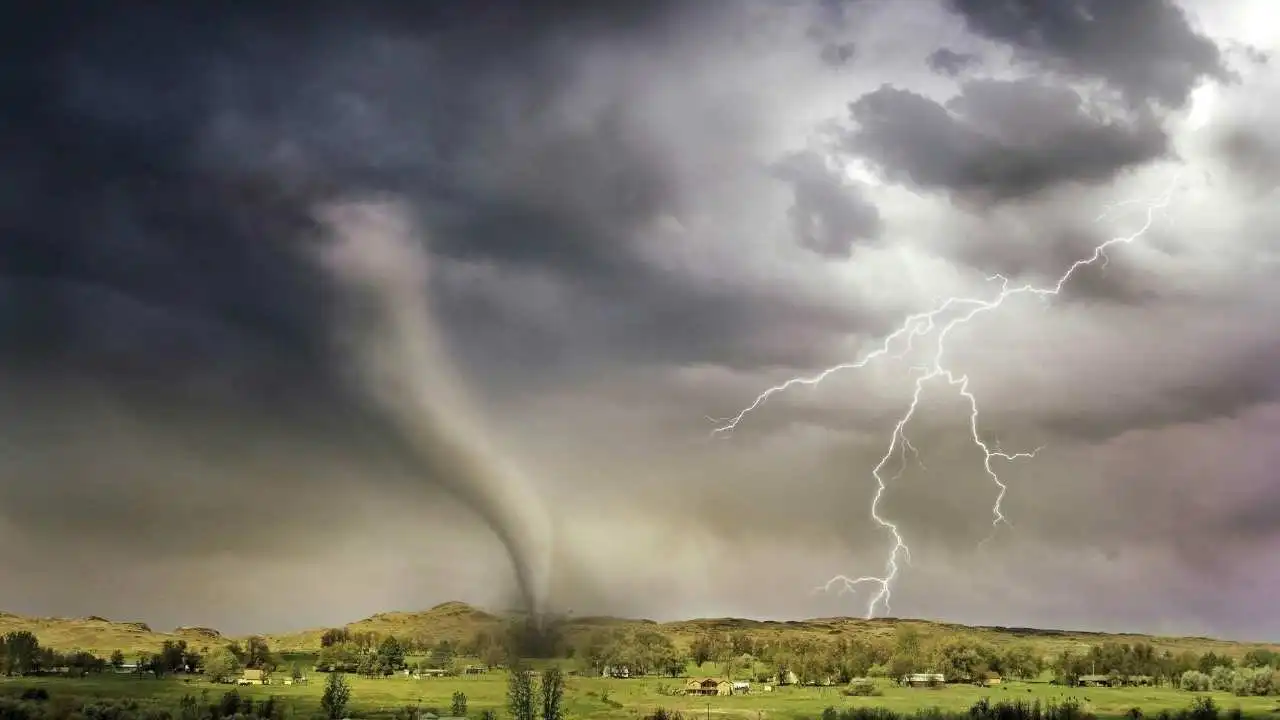As the Great Lakes warm, researchers say more winter science is crucial

The Great Lakes are an essential part of North America’s freshwater ecosystem, and as climate change continues to impact the planet, it’s crucial that we pay more attention to how these lakes are changing. While summer research on the Great Lakes is common, a group of scientists is calling for more focus on winter science to better understand the effects of shifting weather patterns and warming temperatures.
Marguerite Xenopoulos, a professor of biology at Trent University, believes that studying the Great Lakes in the winter is often overlooked and underfunded compared to research on the oceans. She emphasizes the importance of winter science in providing a complete picture of water quality and understanding the impacts of changing winter conditions on the health of the lakes.
Drew Gronewold, an associate professor at the University of Michigan, highlights the critical nature of winter measurements in saving human lives and protecting the ecosystem. He explains that winter data is necessary to grasp the dramatic changes that occur from January to the summer months, such as ice cover affecting evaporation levels and water temperature.
Xenopoulos points out that warmer winters are not only reducing ice cover on the lakes but also leading to an increase in phosphorus levels, potentially contributing to more algae blooms. This shift in the ecosystem underscores the need for more comprehensive winter research to connect winter conditions to summer impacts.
Despite the challenges of conducting winter research on the Great Lakes, such as the need for specialized equipment and training, Xenopoulos stresses the importance of studying the lakes year-round to capture their spatial variability and address the complexities of changing climate patterns. She also highlights the dangers of conducting winter research, with more winter drownings occurring than in the summer due to the deceptive nature of ice.
Mike McKay, an environmental researcher at the University of Windsor, points to examples of ongoing winter sampling efforts, such as the use of coast guard icebreakers in the Windsor area. These initiatives offer insights into the future of the Great Lakes, especially as extreme variability and record low ice years become more common.
As we look toward the future of Great Lakes research, it’s essential to secure funding for winter science and monitoring. With uncertainties surrounding government funding in both Canada and the United States, scientists remain hopeful that awareness and capacity for winter science will continue to grow. By prioritizing winter research on the Great Lakes, we can better understand the impacts of climate change and protect these vital freshwater resources for future generations.




